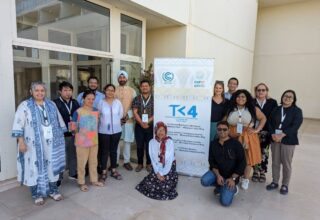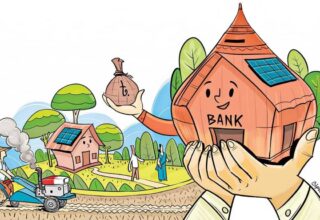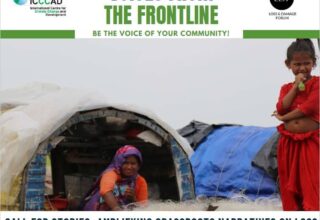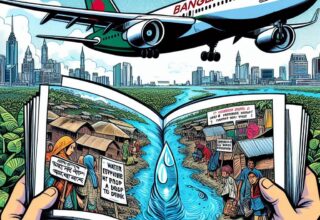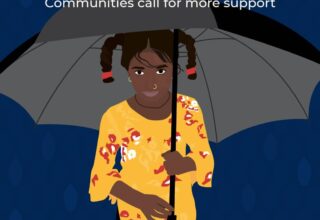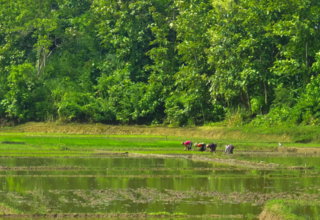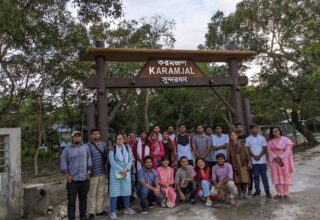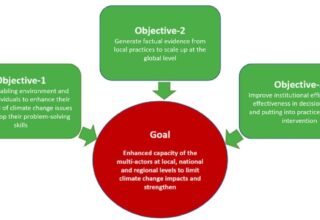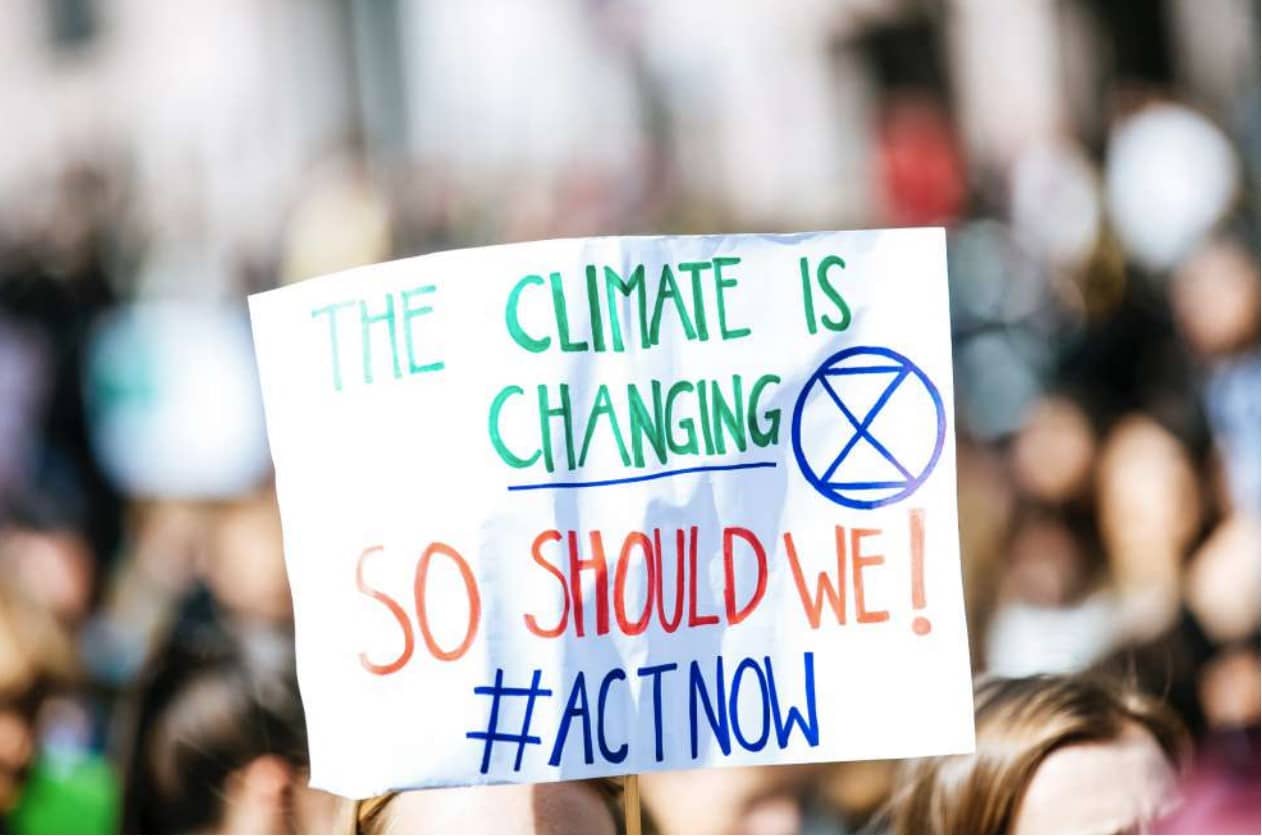
Following the agreement to establish a new fund to provide financial support for responding to loss and damage at COP27, COP28 will mark a critical moment as it will officially kickstart negotiations on the fund’s operationalization.
One particularly contentious aspect of the new fund and L&D finance more broadly is who it will target as recipients at the national and sub-national levels. Negotiators and national government representatives from the Global South have stressed their leading role in efficient and fair planning, resource allocation, emergency support, and continuity of welfare, services, and public infrastructures. They justify the need for direct budgetary support and programmatic approaches for national governments to respond to climate impacts, not only as a matter of climate justice but also to allow them to protect existing development gains, alleviate their existing debt crisis, and ensure sufficient resources for long-term reconstruction, recovery, and rehabilitation.
On the other hand, civil society, particularly NGOs and activists from the Global South, have long advocated for climate finance to directly reach the vulnerable and marginalized communities that are most in need, and to give them autonomy and decision-making power over how funds are utilized, citing documented situations where public support was not adequate to enable their recovery.
Both options have moral implications relating to legitimacy, sovereignty and justice in terms of ensuring that finance reaches those that are most in need; as well as technical implications in terms of ensuring the effectiveness and coherence of how finance is disseminated and the instruments through which it is utilised.
Ultimately, key questions to resolve in this context include: who is L&D finance for? How does local action link to public national and subnational action? What is the role and purpose of international L&D finance institutions? And how can forthcoming L&D finance address cases where public intervention is not sufficient, without undermining legitimacy, coherence with public action, and longer-term development gains?
The role of small grants in nationally led action
One can argue that L&D finance is about addressing the material and immaterial consequences of impacts on individuals, populations, and ecosystems. Under this prism, it makes sense to assume that small grants are the right tool to address local needs associated with L&D. Local NGOs and grassroots organizations can be particularly effective in reaching the most vulnerable and marginalised communities facing losses and damages. Small grants have the advantage of enabling fast, devolved, and locally-led action. They can provide local communities and organisations with the flexibility to conduct needs assessments and consultative processes on the ground to identify who the most vulnerable communities are, which activities require funding, and how finance can best support local needs.
However, this approach ignores that small grants are insufficient when it comes to securing longer-term recovery and action. Many losses and damages result from the discontinuity, or the absence of public infrastructures and services: water, electricity, roads and transportation, education, and healthcare. While small grants can temporarily alleviate these needs with acute support, it is ultimately the responsibility of public authorities to guarantee their rehabilitation and continuity. Small grants are also unable to provide largescale investments, cross-sector coordination, and regulations that only public action can secure.
“Both options have moral implications relating to legitimacy, sovereignty and justice in terms of ensuring that finance reaches those that are most in need”
In this case, programmatic finance in the form of direct budgetary support to national governments can be particularly effective in creating the necessary fiscal space and enabling longer-term recovery, such as rebuilding infrastructure or investing in migration and resettlement. Rather than the conventional, project-based model of climate finance, such programmatic finance should be flexible enough to allow governments to adapt to continually changing realities and needs on the ground, and should give governments autonomy to utilize the funds in line with their own national plans and priorities.
Furthermore, the country-led response is a matter of accountability of States for their actions to address L&D against their responsibility to protect the lives, dignity, and well-being of their inhabitants. This can require, however, investment in awareness raising, advocacy, and capacity building to enable local actors to understand climate change-associated risks, public and private responsibilities, local gaps and needs, and to be active in addressing them.
Small grants can be especially suited for that purpose. They can raise awareness of loss and damage in local contexts and also lead to capacity-building and connection-building with local and national government authorities, making them better able to receive larger amounts of L&D finance in the future. Small grants can also play an important role in piloting new processes and solutions. The Scottish Government’s bilateral L&D finance, which was disseminated as small grants to local NGOs, is a valuable example to learn from in this regard.
Finally, beyond acute needs and capacity building, small grants are sometimes the only source of relief for households and communities in the few cases where public authorities are unable or unwilling to act.
Moving forward
There are different ways to channel funding to the local level in the international L&D finance architecture. The new L&D fund could include a small grants window that is directly accessible to local NGOs and grassroots organizations, learning from the experiences of the GCF and AF Enhanced Direct Access mechanisms. Such a window could complement longerterm recovery and slow-onset events windows, which provide programmatic finance to national governments.
“Other funding institutions could also adopt a combination of these approaches”
We furthermore envision a mechanism that maximizes the co-benefits of these two approaches. A systematic public and transparent repository system could incentivize national response plans to integrate the investments and support needs that were identified by local projects but that could not be covered by small grants. Such an approach would combine nationally led responses with bottom-up approaches, and open a new avenue for civil society contribution.
We could also imagine that international finance providers require that a certain proportion of funds to national governments reach the local level, as a basic access criterion or proposal requirement. However, it is also important for such finance to not complicate access and reporting requirements for recipient
countries.
Other funding institutions could also adopt a combination of these approaches. Philanthropies and bilateral finance providers are particularly well suited to providing small grants, due to both the smaller scale of funding available and the lack of multilateral decision-making processes as compared to the UNFCCC. They can therefore implement small-scale, pilot programmes to address L&D that contribute to building the necessary landscape in countries to then receive larger amounts of finance through the UNFCCC at a later stage.
Multilateral development banks, on the other hand, are likely better suited to providing and piloting programmatic finance, learning from the experiences of the World Bank’s Pilot Programmes for Climate Resilience, for example.
Ultimately, the larger share of L&D finance will be funded and distributed by these institutional public actors. The power of its allocation is in the hands of states and their negotiators. As COP28 is looming, we invite them to be pragmatic and to place the interest of vulnerable populations and ecosystems above political strategies.
Authors: Zoha Shawoo is a Scientist at the Stockholm Environment Institute, working in the Equitable Transitions program. Her research primarily focuses on the intersection between climate change, inequality, and sustainable development. She also works on the equity of climate finance and co-leads SEI’s work on operationalising loss and damage finance.
Inès Bakhtaoui is a researcher on issues of climate finance. She studies issues of effectiveness and fairness of monitoring and evaluation systems of funds for adaptation and loss and damage, with a special interest in the new UNFCCC Loss and Damage Fund.
Towrin Zaman working as a Research Associate at ICCCAD.

